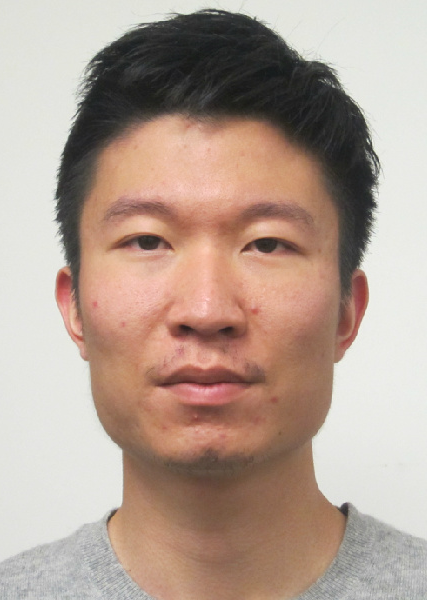Project Team
PI: Dr. Robert Proctor

Co-PIs: Dr. Yunfeng Chen; Dr. Yiheng Feng; Dr. Jiansong Zhang
(1).png)
.jpg)

RAs: Ran Ren, Hang Li, Chi Tian, Tianfang Han, Cong Zhang, Ya-Hsin Hung



.png)

Project Summary
Self-driving vehicles, or connected and automated vehicles (CAVs), are advocated as a solution to improve the safety of the transportation system. However, current transportation infrastructure is only designed for human drivers, without considering the characteristics of self-driving vehicles or their interactions with other self-driving and human-driven vehicles (HDVs). Miscommunication and improper interactions between self-driving and human-driven vehicles may lead to more accidents during the transition period when the two vehicle types coexist on the roadway. Despite the fact that adaptations of transportation infrastructure are as critical as the technological advances of the vehicles, most research on traffic with both driverless and human-driven vehicles has disregarded the role of transportation infrastructure. This project seeks to strengthen American transportation infrastructure by investigating future infrastructure design methods that support communication among self-driving vehicles, infrastructure, and human-driven vehicles to enhance safety and speed widespread adoption of self-driving vehicles.
The “smart” transportation infrastructure of the future must support communication among connected and automated vehicles (CAVs) and between CAVs and human-driven vehicles (HDVs) if the goal of efficient and relatively error-free vehicle transportation is to be attained. This project aims to advance knowledge in infrastructure design by integrating the cognition and actions of humans with a system-of-systems approach, viewing roadway transportation as an overall system consisting of CAVs, human-driven vehicles, and infrastructure subsystems. The central hypothesis of this project is that transportation infrastructure that is optimized based on the new features of CAVs will appreciably reduce accidents and traffic delays. The methods take a human-centered design framework that focuses on the perceptions and actions of HDV operators in relation to interactions with CAVs. The goal is to develop an empirical research base that will guide the future vehicle transportation system design under mixed traffic conditions. To this end, the multidisciplinary team of investigators will 1) Identify root causes of accidents between HDVs and CAVs from accident reports, interviews of CAV experts, surveys of drivers, and studies of human cognition and actions in a driving simulator; 2) Propose countermeasure solutions to deliver necessary information to human drivers and CAVs based on identified root causes, information needs, and human-information processing; and 3) Use the countermeasure solutions and information needs to understand improvements in current infrastructure that would better support communication and interactions between HDVs and CAVs. As a final step, the PIs will evaluate the proposed solutions at a real-world roundabout.
Publications
Proctor, R. W., Han, T., Hung, Y.-H., Li, H. Ren, R., Tian, C., Zhang, C., Chen, Y., Feng, Y., & Zhang, J. (2022). Human-centered design of transportation infrastructure for connected and automated vehicles. Paper presented in the symposium, “Contributions of Engineering Psychology to Implementation of Connected and Automated Vehicles (CAVs)”, American Psychological Association 2020 Meeting, Minneapolis, MN, August 6.
Hung, Y.-H., Proctor, R. W., Chen, Y., Zhang, J., & Feng, Y. (2022). Survey of drivers’ knowledge of and preferences for connected and autonomous vehicles. Paper presented at the 66th International Annual Meeting of the Human Factors and Ergonomics Society, Atlanta, GA, October.
